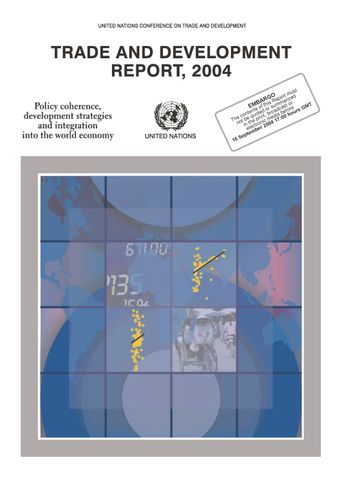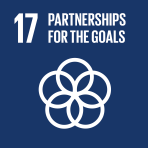Introduction

- Author: United Nations Conference on Trade and Development
- Main Title: Trade and Development Report 2004 , pp 75-78
- Publication Date: October 2006
- DOI: https://doi.org/10.18356/6b760f9f-en
- Language: English
Beginning in the mid-1980s, many developing countries made close integration into the international trading system a pillar of their economic reform agenda. They sought to achieve this not only through active participation in multilateral trade negotiations, but also through rapid unilateral trade liberalization. In many countries, trade liberalization was accompanied by an opening up of their financial sector and capital account. Rapid liberalization and increased exposure to international market forces and competition were expected to boost efficiency and competitiveness, which in turn would underpin a more rapid rate of economic growth and a narrowing of the income gap with developed countries. However, by the early 1990s there were many instances where the outcome of this policy strategy did not live up to expectations.
-
From This Site
/content/books/9789211556018s006-c001dcterms_title,dcterms_subject,pub_keyword-contentType:Journal -contentType:Contributor -contentType:Concept -contentType:Institution105


